A Sheep is any member of the taxonomic genus Ovis. This group includes five different species, including the Dall Sheep, bighorn Sheep, Mouflon, and more. The domestic Sheep is a separate species of Sheep from the other wild species (Ovis aries). For our purposes, we will focus on the domestic species in this article. Read on to learn about the Sheep.
Description of the Sheep
All breeds share a few distinct characteristics. They have hooves on their ends of their feet, and they stand on two primary “toes” rather than a single hoof like a horse. Most breeds have dense fur known as wool. Some breeds also have horns that grow from the tops of their heads.
The various breeds come in a number of different sizes. They stand about 3 ft. tall at the shoulder on average, and larger individuals can weigh up to 350 lbs. or more. Males generally reach larger sizes than females.
Interesting Facts About the Sheep
These well-known creatures have a number of interesting traits and adaptations. Learn more about what makes them unique, below.
- In the Family – The other Sheep species include the Argali, Mouflon, Urial, Bighorn Sheep, Dall Sheep, and Snow Sheep. All of these species share the taxonomic genus Ovis.
- Sheep’s Ancestors – Though the domestic variation has its own specific species, people still bred the original descendants from a wild species. Researchers believe that modern domestic individuals descended from the mouflon.
- Wool Use – People have kept these creatures for a wide variety of purposes. One unique use includes the use of its wool as clothing and other material. People can shear the wool off the creature without harming it, allowing continued harvesting for years.
- Wool Production – In fact, domestic individuals must have their wool sheared. The wool grows continuously, and if the farmer does not shear it the wool begins to weigh heavily on the animal and gather debris and dirt.
Habitat of the Sheep
As a domestic animal, people generally choose the habitat in which these creatures live. However, some feral populations do exist. Compared to other livestock these creatures prefer mountainous or hilly regions. Generally, people keep Sheep in farmland, grassland, pasture, and other similar habitats with plenty of grass and plants to feed on.
Distribution of the Sheep
You can find many different breeds across the globe, and they live virtually everywhere humans live. Researchers believe that the original descendants of our modern domestic Sheep lived in Asia. However, you can now find these creatures on every continent except Antarctica. People raise especially large numbers in New Zealand, Australia, Britain, and South America.
Diet of the Sheep
These mammals have herbivorous feeding habits. They feed primarily on grasses and other similar foods. Like cows, Sheep primarily graze on grass rather than browsing on plants. People also provide commercially produced pelleted food and dried hay for them to eat. This is particularly important in areas with less grass.
Sheep and Human Interaction
These domestic mammals would not exist without human interaction. People selected and bred only the most docile, friendly, personable individuals and over many generations, and this is how the domestication process occurred.
People utilize these mammals for a wide variety of purposes. They use their wool for clothing and other materials, keep them as pets, use their milk and meat, breed them, show them, and more.
Domestication
This mammal was one of the very first creatures domesticated. Researchers believe that humans began the domestication process of this species between 11,000 and 9,000 B.C. The original descendants likely came from Asian mouflon, and the domestication process occurred in Mesopotamia. They quickly spread throughout the globe.
Does the Sheep Make a Good Pet
Yes, for the right person, these mammals can make good pets. With proper socialization they can have incredibly friendly demeanors. You must provide ample space and pasture for them to graze and exercise, medical care, and shelter from the elements.
Sheep Care
These mammals have social behavior, and you must keep them in groups, also known as herds or flocks. You must provide plenty of grass or shrub for them to eat, and supplement that with pelleted feed or hay as necessary.
Additionally, these creatures can fall prey to predators quite easily, so you must use secure fencing to keep them safe. Many people also use dogs or donkeys as livestock guardians to protect the herd from predators.
Behavior of the Sheep
These mammals have incredibly strong flocking behavior. Groups remain close together, and when faced with danger they move closer to one another. Flocks have a dominance hierarchy with a leader and several dominant individuals. Compared to goats, flocks remain close together while grazing, where goats scatter across the pasture.
Reproduction of the Sheep
Different breeds have different breeding behavior and reproductive rates. When females, known as ewes, come into season, or heat, the males, known as rams, enter rut. The males protect a flock of females, and mate with each receptive female in the flock.
After mating, the gestation period lasts about five months. The number of offspring, known as lambs, varies based on the breed. However, most give birth to one or two lambs.
Beliefs, Superstitions, and Phobias About the Sheep
You can see these creatures in a wide variety of different cultures, artwork, literature, and more. People have featured them in nursery rhymes, stories, mythology, and much more. Folklore exists for these mammals in many different religions and regions across the globe.

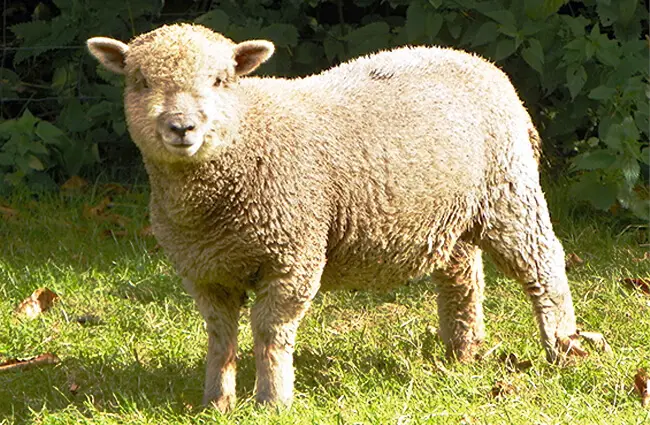
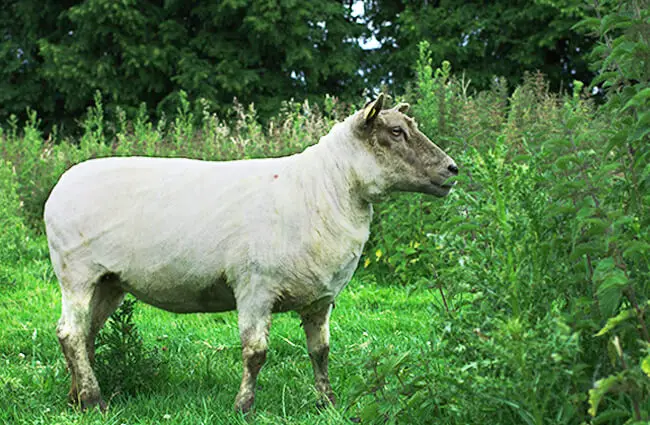

![Watcha lookin' at? Sheep have a 300-deg field of vision allowing them to see behind themselves without turning their heads! Sheep have a 300-deg field of visionPhoto by: Bernard Spragg. NZ [public domain]https://creativecommons.org/licenses/by-sa/2.0/](https://animals.net/wp-content/uploads/2020/03/Sheep-6-650x425.jpg)
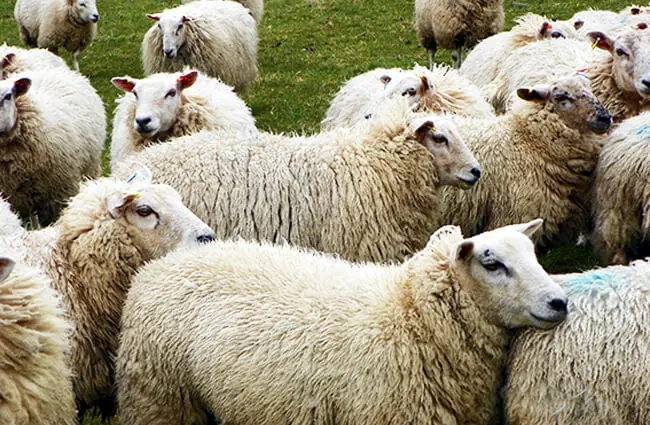

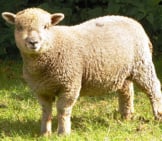
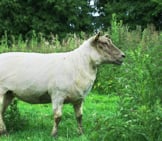

![Watcha lookin' at? Sheep have a 300-deg field of vision allowing them to see behind themselves without turning their heads! Sheep Have A 300-Deg Field Of Visionphoto By: Bernard Spragg. Nz [Public Domain]Https://Creativecommons.org/Licenses/By-Sa/2.0/](https://animals.net/wp-content/uploads/2020/03/Sheep-6-162x141.jpg)
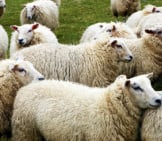
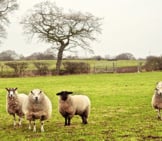
![Red Angus Closeup of a beautiful Red Angus cowPhoto by: U.S. Department of Agriculture [pubic domain]https://creativecommons.org/licenses/by/2.0/](https://animals.net/wp-content/uploads/2020/03/Red-Angus-4-238x178.jpg)












![Red Angus Closeup of a beautiful Red Angus cowPhoto by: U.S. Department of Agriculture [pubic domain]https://creativecommons.org/licenses/by/2.0/](https://animals.net/wp-content/uploads/2020/03/Red-Angus-4-100x75.jpg)

